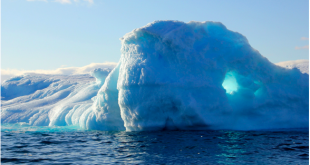Submitted by: Katherine Han
Recently, there was news of the Great Barrier Reef dying after 25 million years. This news is widely exaggerated. However, the Great Barrier Reef is in a lot of danger. It is under severe stress, but has not completed “died” yet. Only a quarter of the reef’s coral has actually died, while the majority has only been bleached. Due to the warming oceans, a mass bleaching event has affect corals around the world. The bleaching is most visibly destructive on the Great Barrier Reef. Coral bleaching is what happens when warmer water causes the algae living the tissues of corals to expel, causing the coral to turn white as if it was “bleached”. Corals don’t die when it bleaches, but it does become more vulnerable and is put under much more stress. Corals can still recover from bleaching, but some parts of the coral may die. Although almost all of the Great Barrier Reef is suffering from coral bleaching, only a part of the reef is actually dead. Research has shown that the coral may be able to adapt to the gradually warming waters. However, the speed of the warming means some genetic engineering may be needed to help the corals adapt. The Great Barrier Reef is not dead yet, there’s still many things that we can do to help slow climate change. We can’t simply accept that the Great Barrier Reef is “practically dead” and there’s nothing we can do. We must make a move to help the Great Barrier Reef in whatever way we can.
 Tempus Magazine By Students, For Students
Tempus Magazine By Students, For Students 




